Fresh research on how certain phases of the menstrual cycle increase elite female footballers’ chances of picking up muscle injuries is positive – though I think it will be a tricky task for clubs to adapt their training in response.
Earlier this week, it was revealed a three-year study of 26 FA Women’s Super League players found they were more likely to pick up muscle injuries during certain stages of their menstrual cycle.
The perceived wisdom has long been that the injury risk was greater when players are on their period.
But the research, which looked at four distinct phases of the menstrual cycle, found the players were actually six times more likely to develop a muscle issue in the days leading up to their period, compared to during it.
The authors of the study said the new peer-reviewed data should lead to further consideration of the impact menstruation has on elite female athletes.
In top-level sport, you are always looking for the extra bits of new knowledge to help you perform better and with fewer injuries, and efforts like this new research are always a good thing.
I’m pretty sure there has previously been evidence your ligaments have more laxity during your time of the month, making you more susceptible to knee and ankle problems.
The menstrual cycle is, of course, just one factor in injury risk – alongside sleep quality (which periods can hinder), stress levels, training-load and game-load.
In addition to the injury risk which comes with the time around your period, it also brings other challenges, including increased fatigue and extra water retention, with the additional weight making moving about the pitch that little bit more taxing.
There is already comprehensive monitoring of players’ health and wellbeing, including menstrual cycles, at my club, Aston Villa.
We fill out a form every day before we arrive in the morning, and one of the questions asks you about your periods.
If you say “I’ve got really bad cramps today” when you arrive, the physio or doctor might speak to you to determine if you are going to be able to train, and there are, of course, cases where players just want to curl up in a ball and are physically unable to train.
Like any problem – physical or mental – there are also always players in a squad who will train no matter what, because they don’t want to lose their place for the weekend or whatever their reason might be.
This new research, and the information about the different risk factors at different stages of the menstrual cycle, could see clubs take their approach a step further.
However, I think it would be very difficult to tailor each individual players’ training and game-load to which phase of the cycle they are in.
Football is a team sport, and the manager and coaching staff need to get all of the players together to prepare for the next match.
It would be very complicated to do this and to tailor sessions to the different menstrual cycles of 20 to 25 players.
Once it gets to stage of: “You’re on phase two, so you’re okay this week, but those players are on phase three, so they have to be modified, and they’re on phase four” etc., I don’t see how it would work.
I think with the greater focus on injuries in women’s football in recent times, everyone is looking for the grand answer or silver bullet to stop them – with a new three-year FA Women’s Super League study into ACL injuries also announced this week.
But I feel like, in fairness, most women’s teams, certainly down south, are already doing a really good job of looking after their players, and hopefully they can always find a way to implement these little bits of new knowledge into how they operate.
Injuries are always going to be part and parcel of elite sport, for both men and women, but especially in our game, which is developing and becoming faster and more physically-demanding all the time.
Plenty of positives from Aberdeen Women’s Pittodrie return
Aberdeen Women’s record-breaking return to Pittodrie brought plenty of positives near the end of what has been a solid, if not spectacular season.
The Dons shared the SWPL spoils in a 3-3 thriller with Montrose on Wednesday night, and it was heartening to see their third match at the stadium bring in a record crowd of 2,006 people.
Aberdeen is a one-club city, so the women’s team should be able to attract a decent attendance.
They were treated to an entertaining game, which will hopefully have encouraged them to keep following the team, while they were also examples of individual brilliance in the Aberdeen ranks. Hannah Innes’ long-range effort right into the top corner to put the Dons 2-1 up would have been impressive at any level of the game.
🚀 A goal worthy of the occasion from Hannah Innes.#StandFree 🔴 pic.twitter.com/6nNxIYsbm5
— Aberdeen FC Women (@AberdeenWomen) April 30, 2024
Before the match, boss Clint Lancaster – who is leaving at the end of the season – told his players to play the game, not the occasion.
Going forward, you would want the Reds to make sure, in a fixture with a close rival where they led twice in the opening period, they secured all three points and, frankly, stuck the knife in – rather than finding themselves 3-2 down and battling for a draw.
Hearts’ Scottish Cup final achievement an example for Aberdeen to emulate
At boardroom level, Aberdeen should be looking at Hearts Women reaching their first Scottish Cup final over the weekend.
The Jambos have got a more comprehensive women’s infrastructure than the Dons at present with their youth setup and overall framework.
Hearts have not made the progress they have of late, including beating Spartans to reach the national showpiece, by chance.
They have had a clear plan, and I actually think, in the next couple of years, they could potentially challenge for the league – you hear things about how their under-15s, 16s and 17s are some of the best in the country.
If the Dons want to emulate Hearts, using their investment and resources to help the coaching staff and players bridge the gap, the blueprint is there.
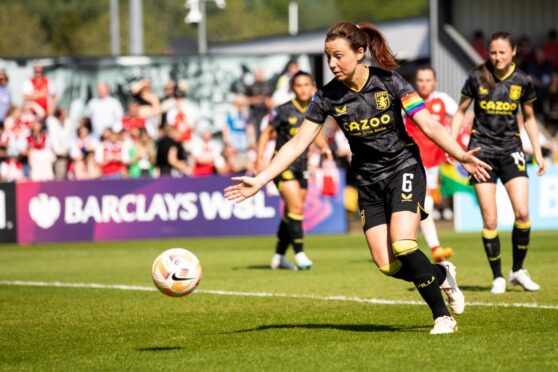

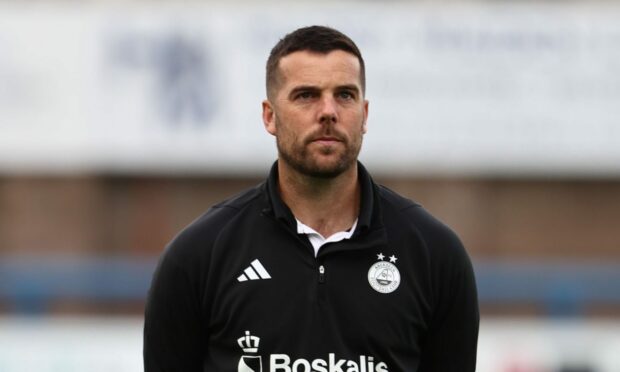
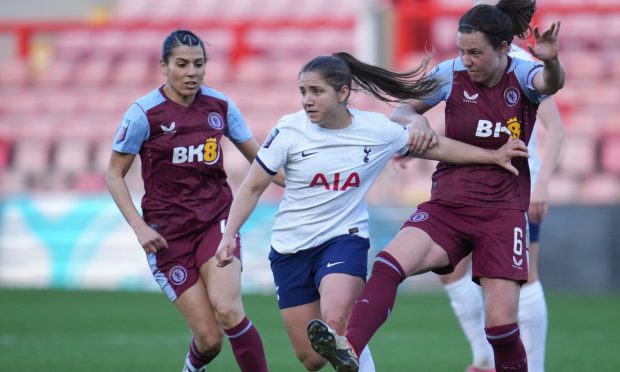
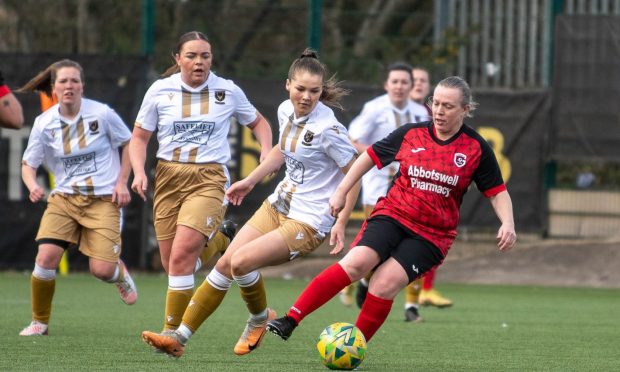
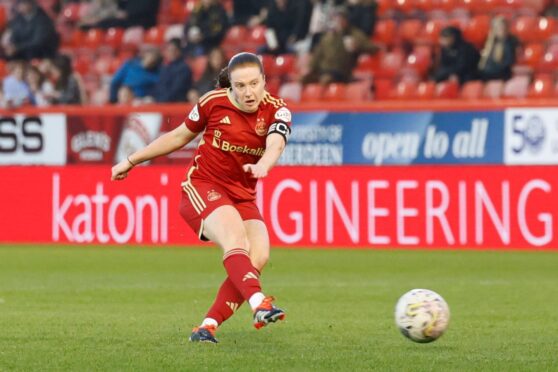
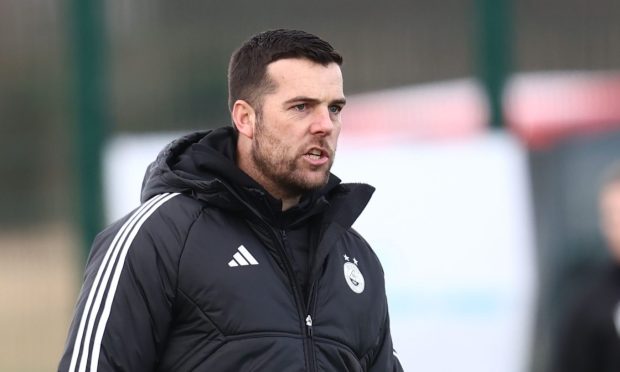
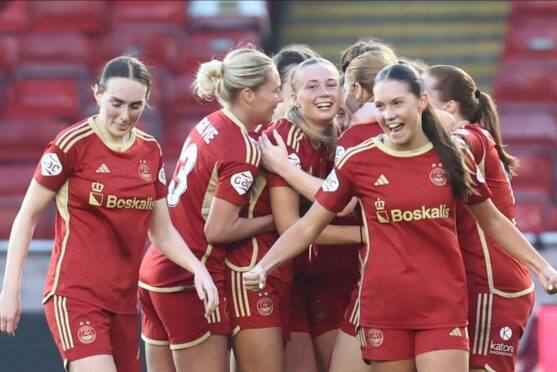
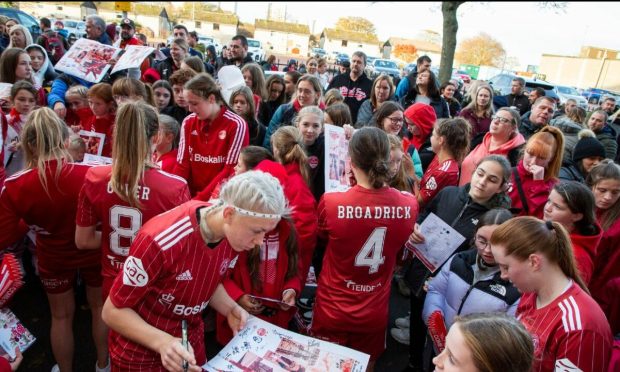
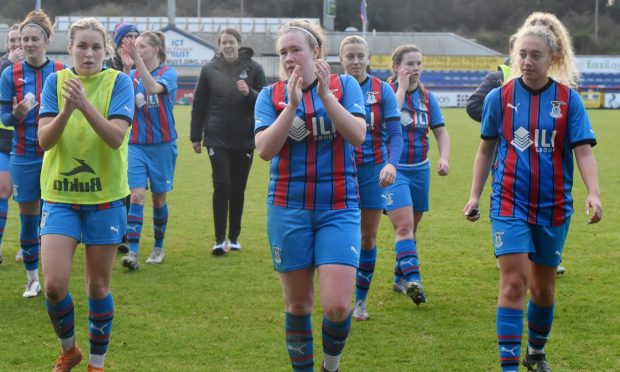
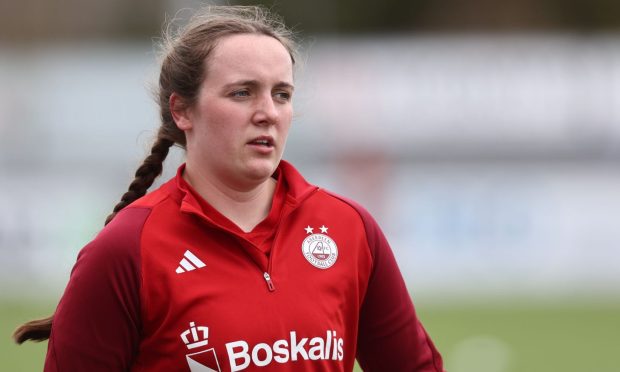
Conversation